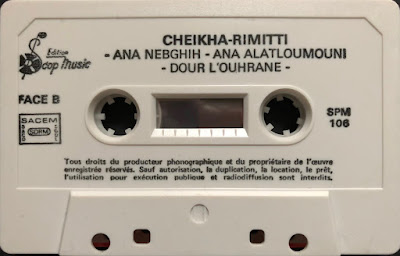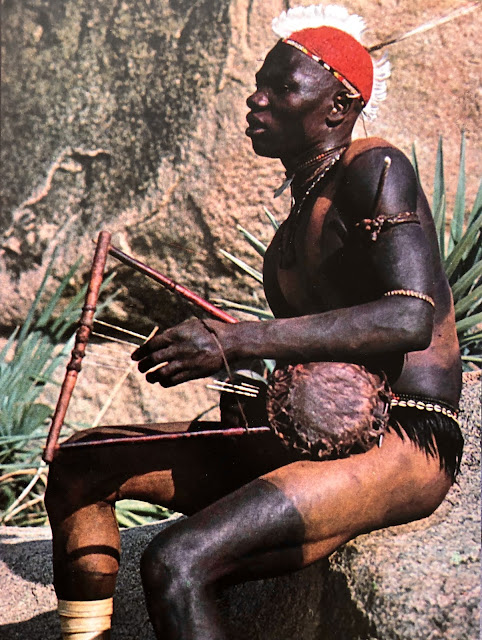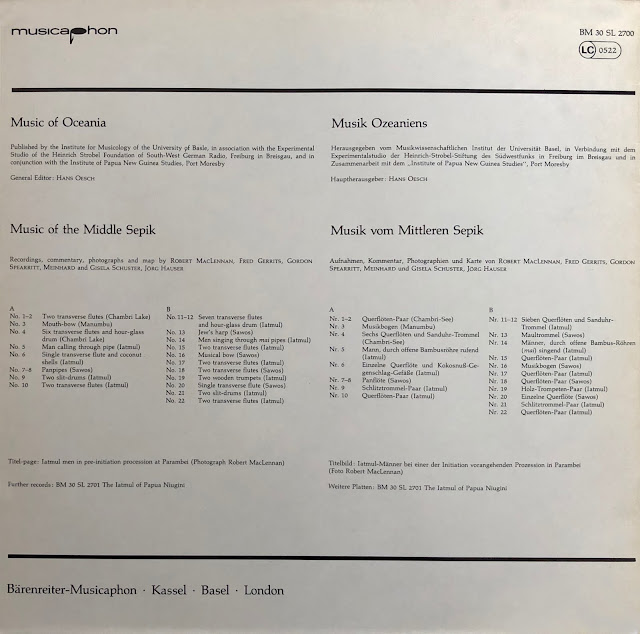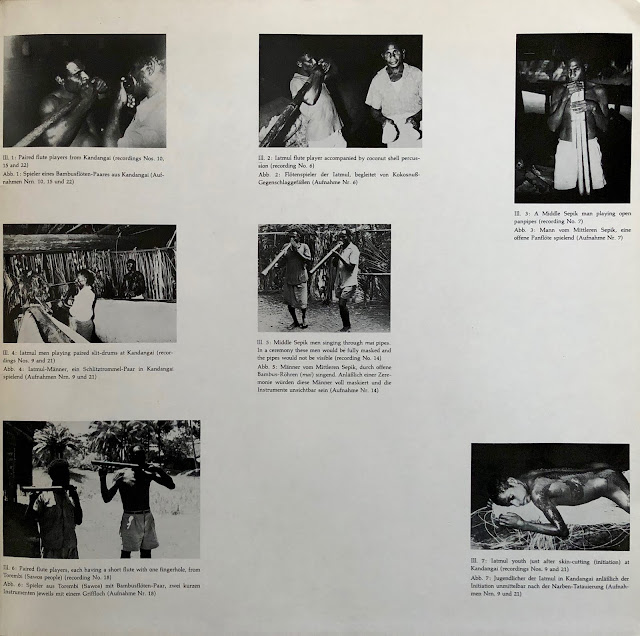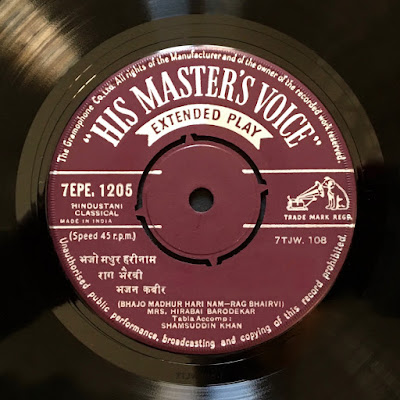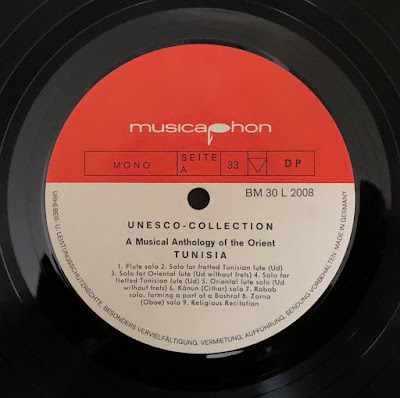Le Groupe Toro Begle – Le Vaudou Haitien – 066 (LP)
Following a slave revolt, Haiti became the second nation on the American continent to gain independence in 1804, 28 years after the United States.
Haiti is known for its often reviled and gravely misunderstood Vodun (Vodou, Voodoo) religion. As John Storm Roberts* wrote, “The reputation of Vodun has suffered from the sensationalistic nonsense perpetrated by whites prepared to believe anything of a religion belonging not just to blacks, but independent blacks.” Haitian Vodun, like its Brazilian and Cuban counterparts, is actually a highly complex belief system originating from West Africa – notably from the Yoruba, Fon and Ewe peoples in Nigeria, Benin, Togo and Ghana – that encompasses every aspect of religious, spiritual, social and artistic life. Yet Vodun also incorporated many Christian elements via slaves living in colonial times, who were compelled to worship loa deities covertly in the guise of Roman Catholic saints. Vodun views God as the One, the Absolute, the source of all things who created the world. But God does not deal in earthly matters entrusted to spiritual entities (embodying iron, lightning, the sea, illness, etc.), who men and women interact with through complex esoteric rituals in which music and dance play a central role, as deities can only be summoned by very specific beat patterns. This LP of trance-inducing cult music exerts an inspired and remarkably steady beat.
Suite à une révolte d'esclaves, Haïti devint la deuxième nation indépendante du continent américain en 1804, 28 ans après les États-Unis.
Haïti est également célèbre pour sa religion Vaudou (Vodou, Vodoun), méconnue et souvent mal comprise. John Storm Roberts* affirme que « la réputation du Vaudou a pâtit des absurdités sensationnalistes colportées par des blancs prêts à croire n'importe quoi à propos d’une religion pratiquée par des noirs, qui plus est par des noirs indépendants. » Le Vaudou haïtien, comme ceux du Brésil et de Cuba, sont en réalité des systèmes de croyances complexes originaires d'Afrique – notamment des ethnies Yoruba, Fon, Ewe vivant au Nigéria, au Bénin, au Togo et au Ghana – qui englobent tous les aspects de la vie religieuse, spirituelle, sociale et artistique. Le Vaudou a également assimilé de nombreux éléments chrétiens du fait que les esclaves vivant à l'époque coloniale étaient contraints de vénérer les divinités loa sous le nom de saints catholiques. Dieu est considéré comme le Un, l'Absolu, à la source de toutes choses et qui créa le monde, mais qui ne s’occupe pas directement des affaires terrestres déléguées à des entités spirituelles (incarnant notamment la foudre, la mer ou la maladie) avec lesquelles les hommes et les femmes interagissent à travers des rituels ésotériques complexes. La musique et la danse y jouent un rôle central, d'autant plus que les esprits ne peuvent être invoqués qu’à travers des rythmes très spécifiques. Cet album de cérémonie Vaudou propose des rythmes inspirés et remarquablement constants menant à la transe collective.
Download
*Black Music of Two Worlds, by John Storm Roberts, Original Music, 1972 (highly recommended). Don't miss Roberts' great African music compilations released on the Original Music label featuring 1950's to 1970's Ghana highlife, Congolese music, Ibo highlife, East African music, and more.In 1990, I met a kindly gentleman (pictured), the Yoruba priest and caretaker of a temple in Porto Novo, Benin, an original center of Vodun (Vaudou), which later spread to the Americas – notably Haiti. Monsieur K. told me about the nine-headed spirit divinity living in a termite hill housed in the shrine that first appeared centuries ago to a hunter in the forest, telling him to settle with his family on the spot that is now the city of Porto Novo.










